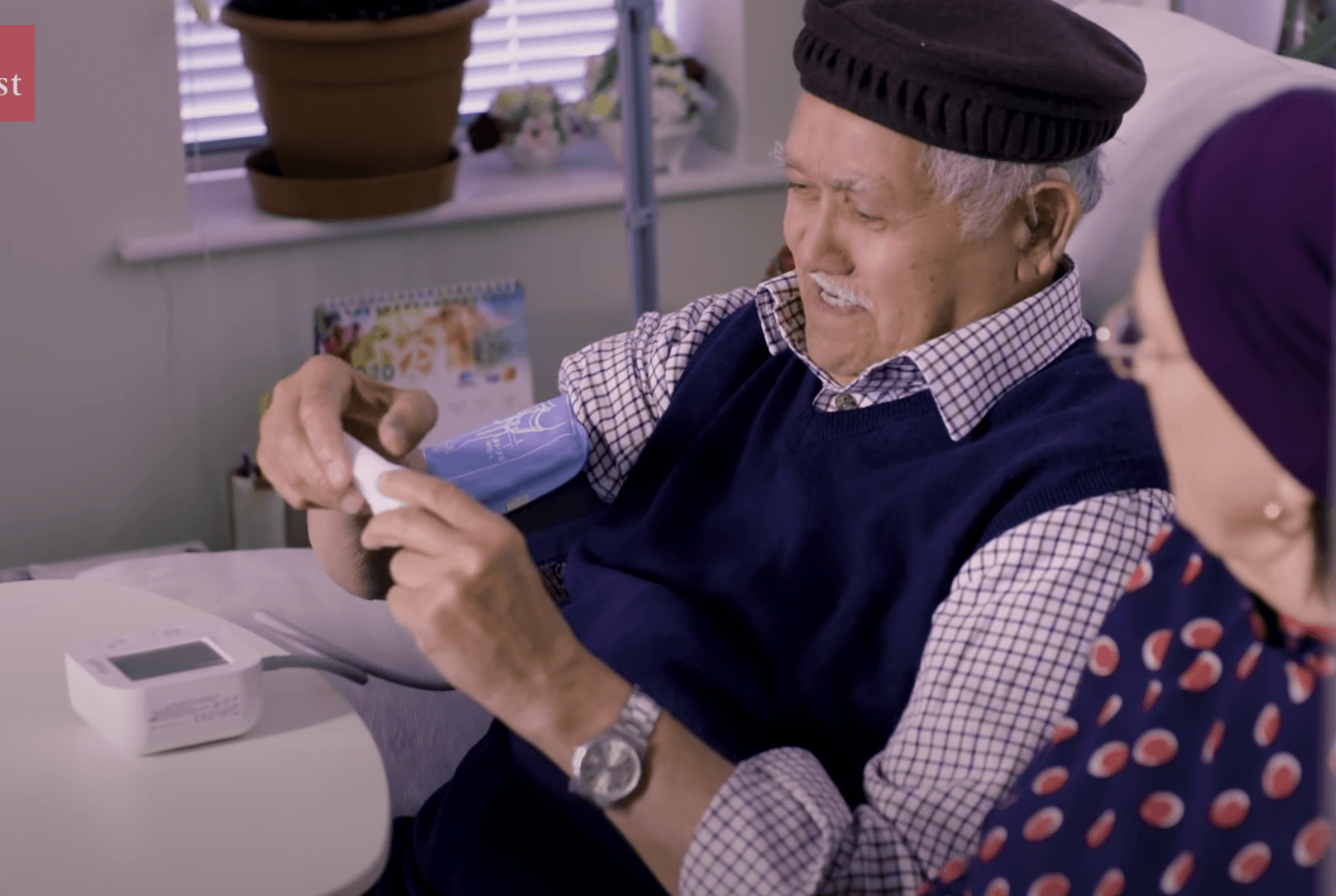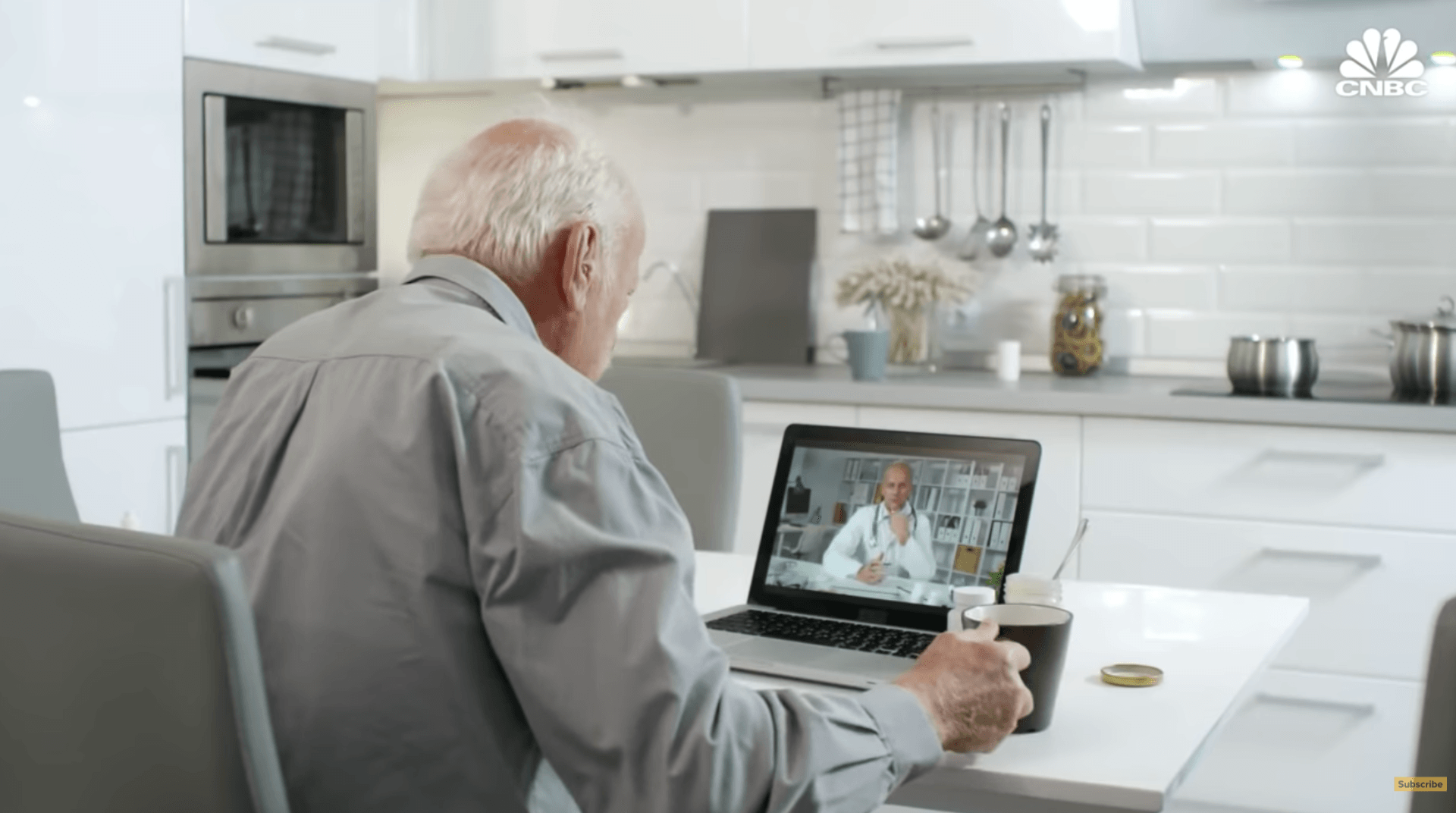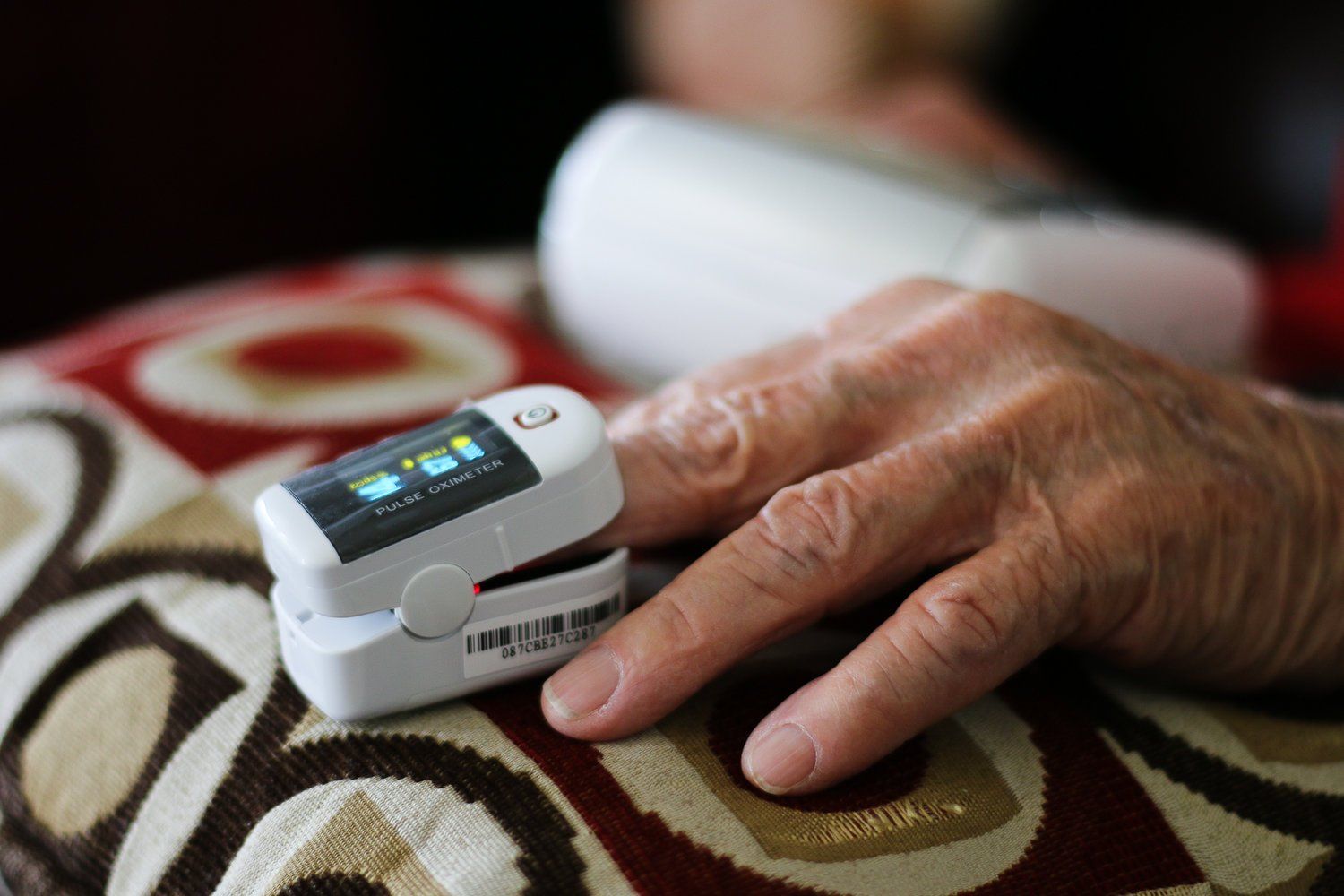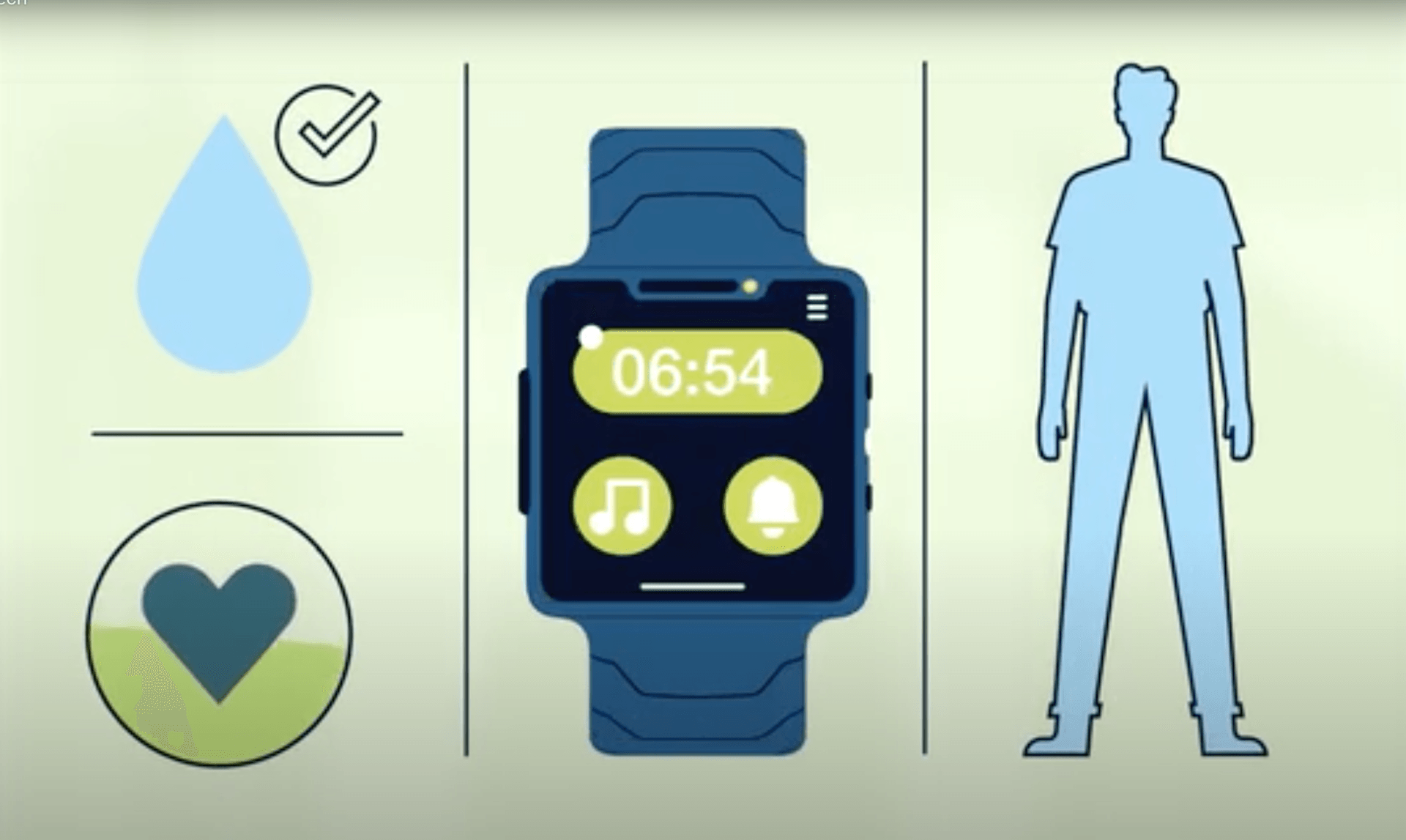What should you know about telehealth during coronavirus crisis?
Stephanie Armour • March 24, 2020
What should you know about telehealth during coronavirus crisis?

The Trump administration and public-health officials are urging consumers to use telehealth services to get remote treatment, fill prescriptions and get medical attention during the new coronavirus pandemic, and companies that offer virtual appointments are reporting a surge in demand.
The goal is to keep people with symptoms at home and to practice social distancing if their condition doesn’t warrant more intensive hospital care. Almost 80% of hospitals in the U.S. have some sort of telehealth service.
The new emphasis is designed to free up doctors and other front-line providers by encouraging patients with unrelated ailments such as diabetes to get care online.
Here’s what people should know:
How does telehealth work?
Technology such as email, videoconferencing, video chat services such as Skype and phone enable patients to get care remotely. Responses from health-care professionals can either be provided in real time, for instance via webcam, or by directing individuals’ questions to answers that are already online.

The weakness of the present healthcare system revealed by the Covid-19 crisis, along with the rise in chronic diseases associated with lifestyle changes and a rapidly aging population worldwide will shape the future of healthcare. Next-Generation Research Analyst Dr. Damien Ng took a close look at recent developments in digital healthcare, genomics, and extended longevity.

The COVID-19 pandemic has affected many elderly from receiving proper care. It has further highlighted problems faced by the elderly with dementia and chronic diseases
In this video presented by The Economist, watch how COVID-19 pandemic has impacted the elderly and how we can strive to improve the efficiency for elderly and chronic care with the rise of remote patient monitoring technology.

Improvements in technology and changes to insurance reimbursement rulings have helped increase the acceptance of telemedicine. Without it, doctors and therapists wouldn’t be able to connect with patients as easily, especially during the pandemic.
As telemedicine has become widespread, professionals and patients have grown more comfortable connecting virtually. Telemedicine isn’t meant to take the place of face-to-face visits. While it does have some disadvantages, which we’ll get into later, its benefits are undeniable.

Telemedicine termed a 'silver lining' of the coronavirus pandemic. This time, it might just be true.
Telehealth use surged from 8% of Americans in December to 29% in May as primary care, mental health and specialists turned to remote care out of necessity during the COVID-19 pandemic, according to a UnitedHealth Group report.













